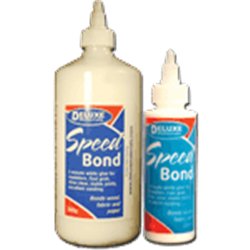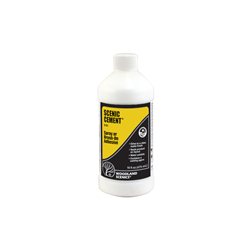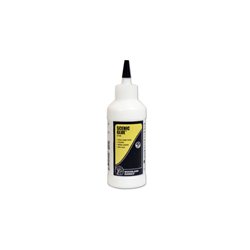When painting a model it is always possible that paint can seep underneath masking tape and thus ruin the painting...
No products
Product successfully added to your shopping cart
There are 0 items in your cart. There is 1 item in your cart.
Search Tips
What is PVA glue used for?
If you are a modeller, then you have likely heard of PVA glue, but you may not be aware that PVA comes in many forms and is known by several names such as wood glue, white glue, school glue or carpenter's glue. These names suggest that PVA glue has many uses, and indeed it does!
PVA glue is a synthetic polymer, that means it's man-made and can be tweaked to give it desirable characteristics such as different drying speeds, strengths or transparencies when dry.
Because there are so many types of PVA glue, there is no single example of what PVA should be used for. However, most PVA glues tend to be able to flex and have relatively low adhesion (meaning they are not as strong as super glues for instance). Modellers use various types of PVA for all sorts of tasks, for instance, setting ballast, constructing card kits, fixing scatter and even gluing baseboards together.
A rough guide is - Most PVAs work best with porous materials such as wood, paper, card, scatter and dusty stones or ballast.
The best advice is - If you are unsure which PVA is best for your project, you should always ask at your local model shop.
Click here to receive the tips weekly in your mailbox. You can unsubscribe at any time.










